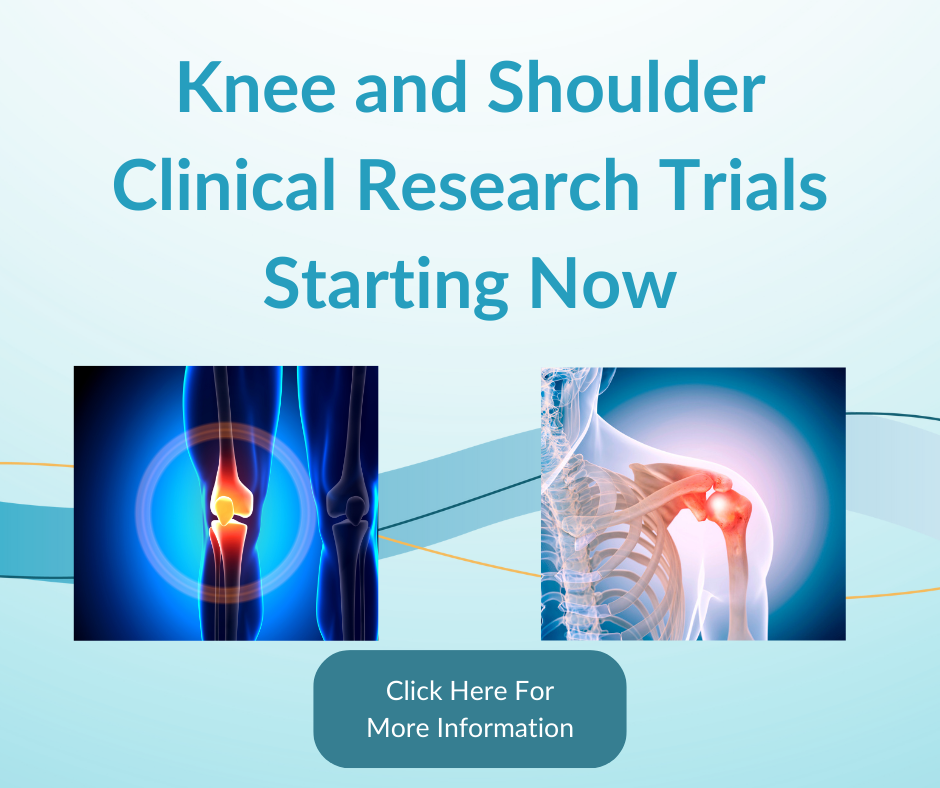Hip & Knee Pain

Hip & Knee Surgery and Pain Management
Table of Contents
- What is Knee Pain?
- What is the Importance of the Knee?
- What are Knee Pain Symptoms and Signs?
- What is the Anatomy of the Knee?
- What Causes Knee Pain?
- What are the Symptoms of Hip Pain?
- What is the Importance of the Hip?
- What is the Anatomy of the Hip?
- What are the Causes of Hip Pain?
- When Should I Contact an orthopedic surgeon?

What is Knee Pain?
Knee pain is very common especially in athletes, people who work out and people who are on their feet all day. The most common problems, when it comes to knee pain, are issues with the knee, the kneecap or the ligaments and cartilage/tendons.
What is the Importance of the Knee?
There are many causes of hip pain. Some causes can be temporary, while others can be chronic. Causes of hip pain include:
- bursitis
- inflammatory and non-inflammatory arthritis
- fracture
- sprain
- infectious arthritis (septic arthritis)
- avascular necrosis
- Gaucher’s disease
- sciatica
- muscle strain
- iliotibial band syndrome
- hematoma
What are Knee Pain Symptoms and Signs?
Knee pain can happen in any area of the knee. Pain in the back of the knee could be caused by a condition called a “Baker Cyst.” Inflammation of the knee could be caused by a torn meniscus, a fracture or even a condition called “Runner’s Knee.”
Some signs and symptoms of knee pain include:
- difficulty walking
- unable to extend the knee
- locking of the knee
- redness and swelling
- shifting your weight to the opposite knee and foot, caused by discomfort
- limping caused by discomfort

What is the Anatomy of the Knee?
The knee is one of the most complex joints in the body. The main component of the knee is the juncture between the tibia and the femur. The tibia is your shinbone and the femur is your thighbone. The other component that comprises the knee joint is a smaller bone that runs across the tibia. This bone is known as the patella or kneecap.
The steadiness of the knee joint is dependent upon the strength of the ligaments that connect the bones in your knee. The movement of the knee relies on the tendons that link your leg muscles to the bones in your knee.
One of the most sensitive areas of the knee is the meniscus. The meniscus is found between the tibia and femur and is made up of cartilage. The meniscus has many functions within the knee joint, including protection of the joint surface and absorption of any shock or forces exerted. The meniscus absorbs all the shock that comes from actions like jumping, walking and running.

What Causes Knee Pain?
Knee pain causes can be put into three categories:
- Acute injury: Such as a broken bone, torn ligament, meniscal tear, dislocation or fractures
- Medical condition: Such as arthritis, gout, infections
- Chronic pain: Such as osteoarthritis, patellar syndromes, tendinitis, bursitis
What are the Symptoms of Hip Pain?
The symptoms associated with hip pain can vary in intensity from mild to severe. Hip pain can cause disability due to the severity of the pain and possible subsequent surgeries. Symptoms include:
- limping
- joint pain
- groin pain
- loss of motion of the hip
- warmth
- swelling
- tenderness
- difficulty sleeping on the hip

What is the Importance of the Hip?
Having a healthy hip is important when participating in vigorous sports activities, but also for everyday movements like sitting down and standing up. If you have an unhealthy hip, pain can occur even when you’re still. Avoiding activities that can increase pain is nearly impossible, which is why it’s important to see an orthopedic doctor if you’re having severe hip pain.
What is the Anatomy of the Hip?
The hip is a ball-and-socket joint. The ball is the thighbone (femur), and the socket is the pelvic bone (acetabulum). The hip joint’s primary function is to support the body’s weight and aid in balance and posture.
What are the Causes of Hip Pain?
The knee is one of the larger joints in your body and important in your day-to-day activities. An injury to your knee can affect almost everything you do. Lifting and carrying weight (including your own weight) are important activities that are extremely dependent upon healthy knee joints.
The knee is one of the larger joints in your body and important in your day-to-day activities. An injury to your knee can affect almost everything you do. Lifting and carrying weight (including your own weight) are important activities that are extremely dependent upon healthy knee joints.
When Should I Contact an orthopedic surgeon?
Preliminary at-home treatment of knee and hip pain includes icing the affected area and plenty of rest. If this doesn’t reduce your pain, your doctor should assess the injury. Your doctor will look for the following symptoms:
- Swelling
- Inability to bend
- Deformity
- Inability or difficulty to walk
- Discomfort when walking
- Significant pain
Your physician will try to use conservative measures such as physical therapy and medications to treat your pain. If conservative measures do not work, your surgeon may suggest a total joint replacement surgery.

